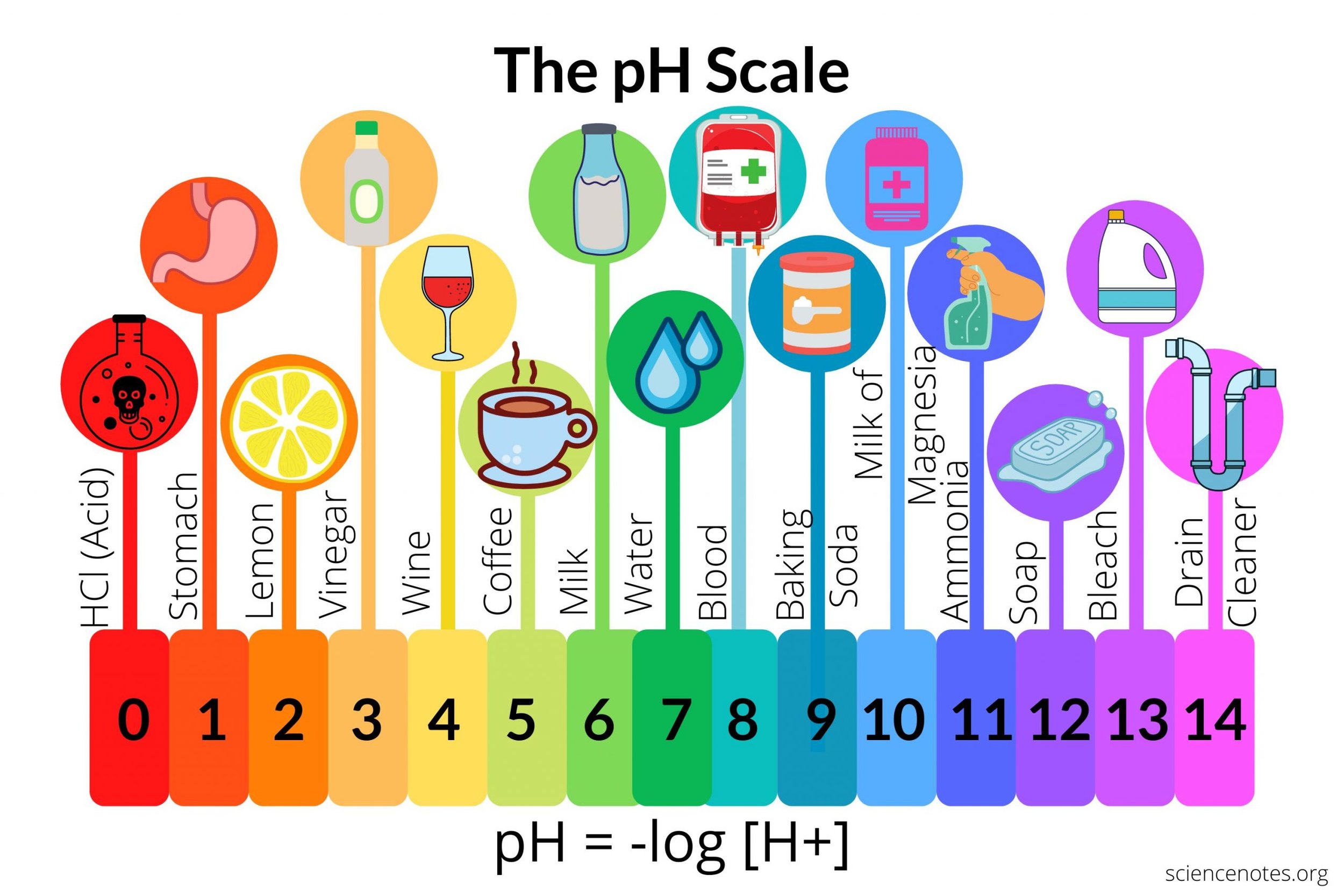The Importance of pH and Acidity in Beverage Formulation: A Guide for Beverage Formulators
When it comes to creating delicious and safe beverages, pH and acidity are crucial factors that beverage formulators need to take into account.
What is pH and Acidity?
pH is a measure of the acidity or alkalinity of a solution. It is a scale from 0 to 14, with 7 being neutral, values below 7 indicating acidity, and values above 7 indicating alkalinity. The acidity of a beverage is determined by the concentration of hydrogen ions (H+) in the solution. The more hydrogen ions in a solution, the more acidic it is.
The Importance of pH and Acidity in Beverage Formulation
The pH and acidity of a beverage can impact its taste, safety, and shelf life. Here are a few reasons why pH and acidity are important in beverage formulation:
Flavor: pH and acidity can greatly impact the flavor of a beverage. For example, high acidity can make a beverage taste tart, while low acidity can make it taste flat or bland. High acidity can also brighten a flavor (like adding lemon to tea) or create a more “watery” taste perception. On the other hand, a higher pH (low acidity) can make a beverage taste fuller or rounder.
Safety: pH and acidity play a crucial role in ensuring the safety of a beverage. Low pH and high acidity can help to prevent the growth of harmful bacteria, while high pH and low acidity can promote bacterial growth. For higher pH beverages, you will need to rely on the addition of preservatives, salts, and pasteurization.
Shelf Life: pH and acidity can also impact the shelf life of a beverage. High acidity can help to preserve the freshness of a beverage by inhibiting the growth of microorganisms that can cause spoilage.

